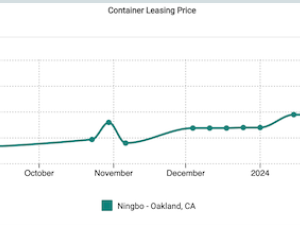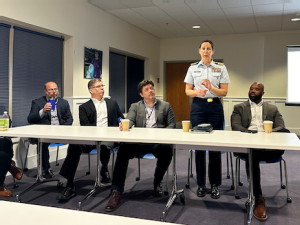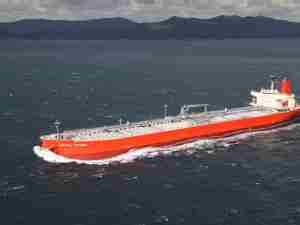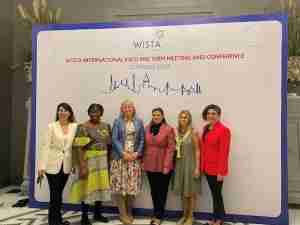Final design engineering and construction management services for Schedule 1 of the West Vancouver Freight Access (WVFA) Project will be provided by the firm of David Evans and Associates, in a $1.5 million contract approved by the Commission.
The WVFA project provides a new rail access into the Port to serve existing and future needs of the Port's tenants and customers. The new rail line will run under the BNSF rail bridge eliminating delays and congestion created by the current rail access.
'The rail windows for trains serving the Port on the current Hill Track line, which crosses and blocks the BNSF mainline, are becoming tighter and will eventually create critical service issues,' said Larry Paulson, Port Executive Director. 'More than 70% of cargo travels to and from the Port by rail and that figure is projected to increase to over 80% in the next 20 years.'
The Port project also benefits rail freight from throughout the state's Western region by decreasing congestion on the only river-grade rail line traveling through the Columbia River Gorge to the eastern U.S. With mainline freight and passenger rail growth projected to double by 2025 the project, in conjunction with the Vancouver Bypass project, is expected to reduce delays on the regional network by 40%.
A study of current tenant and marine cargo growth forecasts, along with Port expansion plans, calls for the annual number of rail cars entering the Port to increase from 45,000 to 160,000 by 2025.
Schedule 1, the initial phase of the WVFA project, will bring the Port's rail lead off the BNSF east-west mainline at about Columbia Street and will extend to the edge of the current Boise Cascade property. The new line provides continued rail service to the Lafarge cement facility and the Albina Asphalt plant located just east of the Port.
This first phase of the project is scheduled to be under construction by Fall of 2007 and completed by July 1, 2008. The Port's 2007 Capital Budget includes $6 million for the project's final design and elements of construction to be completed in 2007.
Schedules 2 through 5 of the project will complete the new rail access onto Port property, restructure internal rail lines to handle increased volumes more efficiently, add dockside rail to Terminal 2, and extend rail to serve marine and industrial developments at Columbia Gateway.
Completion of the entire project is scheduled for mid-2009. Estimated cost will be about $56 million, funded by a combination of Port revenues and bonds, federal and state appropriations, and contributions from private industry partners.









